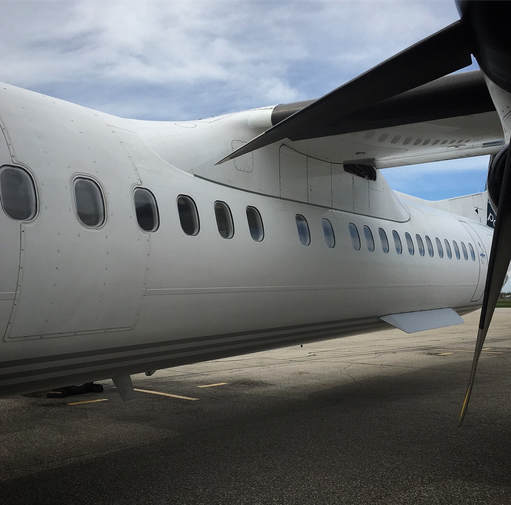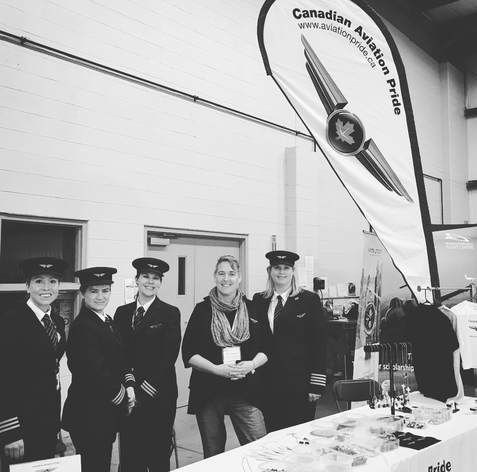I’ve always said that I “just” have a PPL (private license, as opposed to a CPL, or commercial license, the latter being the first step towards career flying), and that while I do love it, it’s just a hobby for me, that my first love is teaching.
But after volunteering at the “Girls Can Fly” event in Waterloo this weekend, it got me thinking about how girls especially choose career paths, or perhaps more accurately, how they are steered down particular paths and away from others.
For those lucky enough to register in advance for a limited number of free flights, 20 minutes behind the yoke of a Cessna or at the controls of a helicopter is also part of the day.
To those in the industry, it’s no secret that women form roughly 6% of the commercial airline pilot population; Porter airlines sits at a relatively impressive 12% currently, still abysmal, but twice the industry average, thanks to Bob Deluce’s vision of gender parity (and increasingly, systemic approaches to making it happen!)
I will say that even as a grown woman, there is something tremendously exciting about watching a Dash8 land, the door open, and a large group of female pilots in full uniform alight. Even as they hovered around their booth later on in the hangar, chatting with the various girls and families that visited the Porter booth, I felt positively giddy!
But despite being raised by a strong and independent mother, I was still victim to the many subtle yet clear messages from the society in which I grew up. Flying was for men: When boys visited the cockpit, they were often asked if they wanted to be a pilot one day, whereas my interest in aviation was never encouraged. No, for me, a girl, it was clearly just a fun visit to the flight deck to alleviate the boredom of a transatlantic flight. Furthermore, all the pilots I ever saw on those flights were tall, white and male -- and as a 10-year-old girl, I only fit one of those privileged categories.
Besides, teaching was my first love… or was it?
I had always wanted to be a teacher (and I think I was a mighty fine one for the many years I spent in the field before moving to the Ministry of Education to become a paper pusher). But in retrospect, I can’t help but wonder how things might have played out if I had seen fewer female teachers in my 15 years of schooling and more female pilots. Would flying have stood more of a chance as a contender?
As with so many other things, the people around me just made the decisions about what -- as a girl -- I “should” like and be good at, and when I didn’t always fit the stereotype (I choose skateboarding over roller skating and drums over flute or clarinet), it was me that was the problem, not their gendered expectations.
Or at least, that’s what it felt like.
From my spot behind the CAP booth, I watched as girls confidently engaged with the young women who were working in the field that they themselves dreamed of. Excitedly, they chattered with “real pilots” who looked and sounded just like them. The expressions on their faces said it all!
It’s at turns a troubling and a deliciously exciting mental exercise to imagine myself having chosen a different career path: Afterall, as it turns out, girls CAN fly!








 RSS Feed
RSS Feed